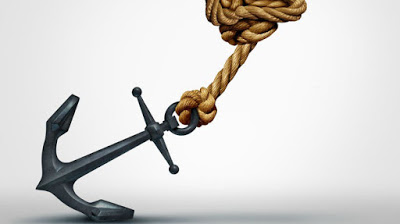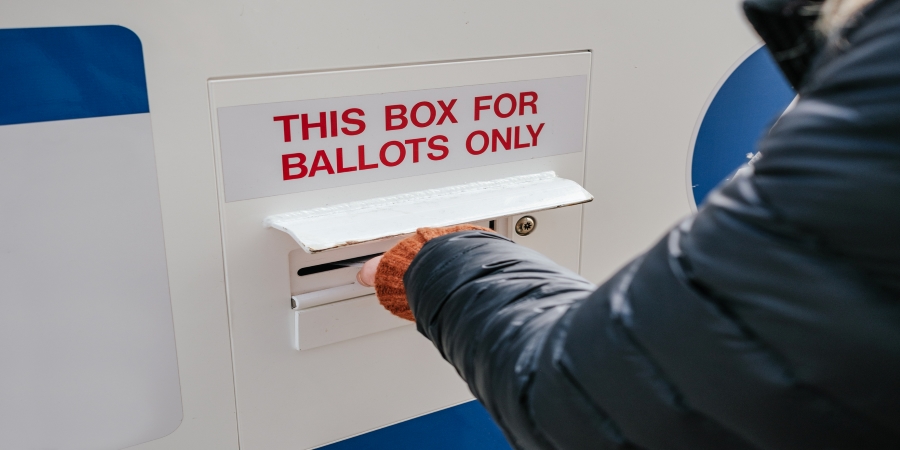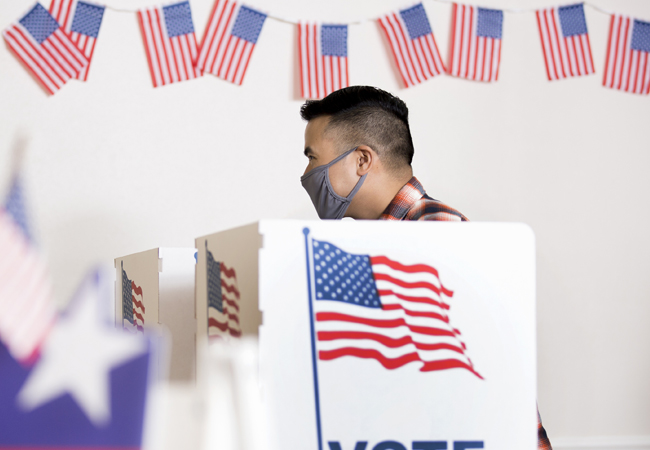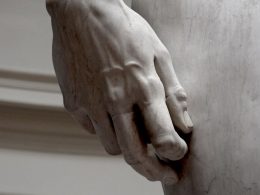by Kristina Hooper, Chief Global Strategist, Invesco Canada
Well, last week was in fact a Pepto Bismol kind of week, just as I had expected. No fiscal stimulus in the U.S., COVID-19 cases on the rise in Europe and the U.S., and growing concerns about the U.S. presidential election. It’s no wonder that the VIX volatility index has risen dramatically in the last few weeks, from 25 on Oct. 9 to 38 on Oct. 30.1 As I’ve said before, today’s election concerns aren’t your usual run-of-the-mill worries like we saw in past election cycles. Past questions focused on issues such as “What happens to stocks if corporate taxes go up?” This time around, it is “What happens if there is a contested election?” and “What happens if there is civil unrest?”
A history of contested elections
Contested U.S. presidential elections have happened before. Not just in 2000, but in 1876. That was the contest between Rutherford B. Hayes, the Republican nominee, and Samuel Tilden, the Democratic nominee.2 Tilden won the popular vote and led with more electoral votes (185-184), but there was a dispute over four states’ electoral votes. In three of those states (Florida, Louisiana and South Carolina), Tilden appeared to win the popular vote, but there were reports of widespread electoral fraud and voter intimidation against Hayes supporters. One fraudulent tactic was to confuse illiterate voters into supporting Tilden by using revered Republican President Abraham Lincoln’s picture next to Tilden’s name. As such, those three states disqualified Democratic votes — but this was not without controversy. For example, the state of Florida produced two slates of electors — one slate for Tilden, one slate for Hayes. In Oregon, Hayes won the popular vote and therefore the state’s electoral votes, but one of his electors in that state was disputed, as the Democratic governor removed him for violating Constitutional requirements and replaced him with a Democratic elector. In the midst of this dispute, a protester fired a rifle into the home of the Republican candidate Hayes.
After competing slates of electors for these states were sent to Congress, Congress attempted to resolve this election dispute between Tilden and Hayes by creating an “electoral commission” comprised of five Supreme Court justices, five representatives and five senators. The political climate became very tense, leading General William Sherman to order troops to Washington, D.C., to maintain order. Militant Democrats warned of blood in the streets if Tilden did not become president, and headlines screamed, “Tilden or War!”
The electoral commission decided in February 1877 that Rutherford B. Hayes would be the next president. However, Democrats were incensed by the decision and attempted a filibuster to prevent Congress from accepting the commission’s decision and prevent Hayes’ inauguration. The standoff finally led to the Compromise of 1877, an attempt to placate Tilden supporters so that they would support Hayes’ presidency. In return for accepting the electoral commission’s decision to name him as the next president, Hayes agreed to the withdrawal of federal troops from the South, which in effect ended Reconstruction. However, the situation was so politically charged that there was an attempted assassination of Hayes during the inauguration festivities. Despite that troubling start, Hayes served one term as president and, despite continued grumbling about his legitimacy from Tilden supporters, presided over a relatively peaceful period in the nation’s history.
That particular scenario won’t happen again because soon after the dispute, Congress passed the Electoral Count Act of 1887. While flawed, it provides more specific guidance on how to manage a dispute over electoral votes. We of course experienced another contested election in 2000. It was a very civilized affair in comparison to 1876. In a little over a month after election day, the Supreme Court decided the victor, George W. Bush, and no compromise had to be offered to Democrats to placate them.
Concerns about civil unrest ahead
Now there is concern that there could be another contested election, but that it might not be as civilized and polite as 2000 — and in fact might lead to civil unrest. I believe there is some validity to these concerns. After all, last week Wal-Mart was so concerned about the potential for civil unrest that it made the decision to temporarily remove guns and ammunition from store aisles in order to prevent the theft of these weapons if stores are looted, although it reversed the decision the next day.3 And on Friday, the Biden campaign cancelled a rally in Texas because Trump supporters surrounded the Biden bus, allegedly ramming a Biden-supporting car traveling alongside the bus and holding up traffic.4 In addition, businesses in a number of cities are boarding up windows in preparation for civil unrest.5 Finally, it is expected that the federal government will re-install a “non-scalable fence” around the White House today, in preparation for the possibility of unrest (the fence had been temporarily installed this summer during Black Lives Matter protests, but had since been removed).6
Well, it might be both sad and reassuring to know there is a long history of American civil unrest around elections. For example, in the 1850s, the Know-Nothing Party supported the use of violence in order to prevent immigrants from voting. This was not a fringe movement — this was a powerful political party, with members holding 22% of the seats in Congress in 1854.7 In Baltimore, there was a bloody clash between the Know-Nothing Party and the Democratic Party that resulted in the deaths of eight people. In 1855, there was an even bloodier episode of civil unrest in which the Know-Nothing Party was involved, resulting in the killings of 22 people, most of whom were German and Irish immigrants.8
Arguably the biggest incidence of civil unrest was the Civil War, which got its start in 1860 with the refusal of southern states in the U.S. to accept the results of the presidential election. But it didn’t stop there. However, historically we have seen a disconnect between civil unrest and the stock market. I look to 1968 as a guide as it was a period of very serious civil unrest. As is the case today, there were deep divisions in the U.S. around critical issues such as the Vietnam War and civil rights in the 1960s. Much of it came to a head in 1968, a year when opposition to the Vietnam War became so powerful that incumbent President Lyndon Johnson made the surprise decision to not seek another presidential term. This was a year when civil rights icon Martin Luther King was assassinated, as was Democratic presidential candidate Robert F. Kennedy. There was rioting in many cities for months, including at the Democratic National Convention. And yet the stock market was largely divorced from this civil unrest and actually finished the year in positive territory.9
We have to recognize that America has a long history of violence surrounding elections, which has the potential to rear its ugly head again, especially in a period of heightened tensions and a pandemic. The good news is that, despite this history, democracy in America has survived. And while many are concerned about controversy and unrest surrounding the 2020 U.S. election, I believe that the checks and balances we have in place will lead us through. From an investment perspective, I expect things like innovation and business fundamentals to drive the stock market in the long term, despite any shorter-term volatility that may arise.
Looking ahead
So what is ahead for this week? Likely more investor indigestion, and not just from the U.S. presidential election. We now know more definitively than ever that fiscal help is not on the way in the U.S. in the near term. But what’s worse is that the second wave of COVID-19 has arrived, and it’s bad enough to warrant significant lockdowns in Europe.
Over the weekend, Prime Minister Boris Johnson announced a second lockdown in the UK in an attempt to control an alarming rise in COVID-19 infections. Johnson said that England will close all nonessential businesses for the next four weeks — although it will keep schools open. This means people must stay at home except for the purposes of education, medical treatment, or grocery shopping. Since then, British citizens have been put on notice that the lockdown may need to last more than a month. Keep in mind that not too long ago, the British government was incentivizing citizens to eat out with government subsidies; now it has closed all pubs and restaurants for dining, and they can only provide takeout or delivery.10 What we learned in the spring is that Europe’s present can be the U.S.’s future in just a few weeks, and the prospect of a lockdown in the U.S. could really rattle investors and send stocks down even further.
Heading toward Election Day on Tuesday — and the potentially tumultuous days after — I favour staying the course and maintaining a long-term asset allocation. If you’re sitting on cash that you are looking to deploy, you may find some attractive opportunities this week and possibly in the weeks ahead. And finally, stay calm — I plan to have some wine and chocolate on hand alongside my Pepto Bismol.
This post was first published at the official blog of Invesco Canada.














